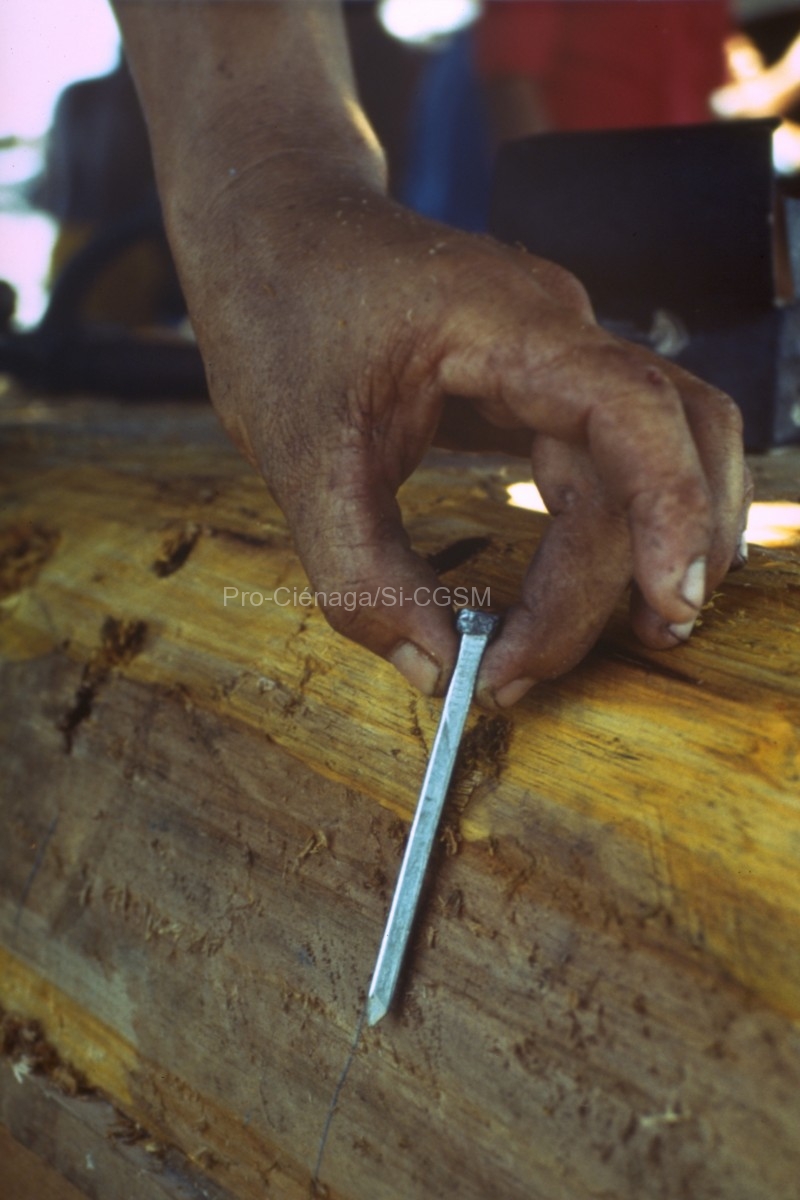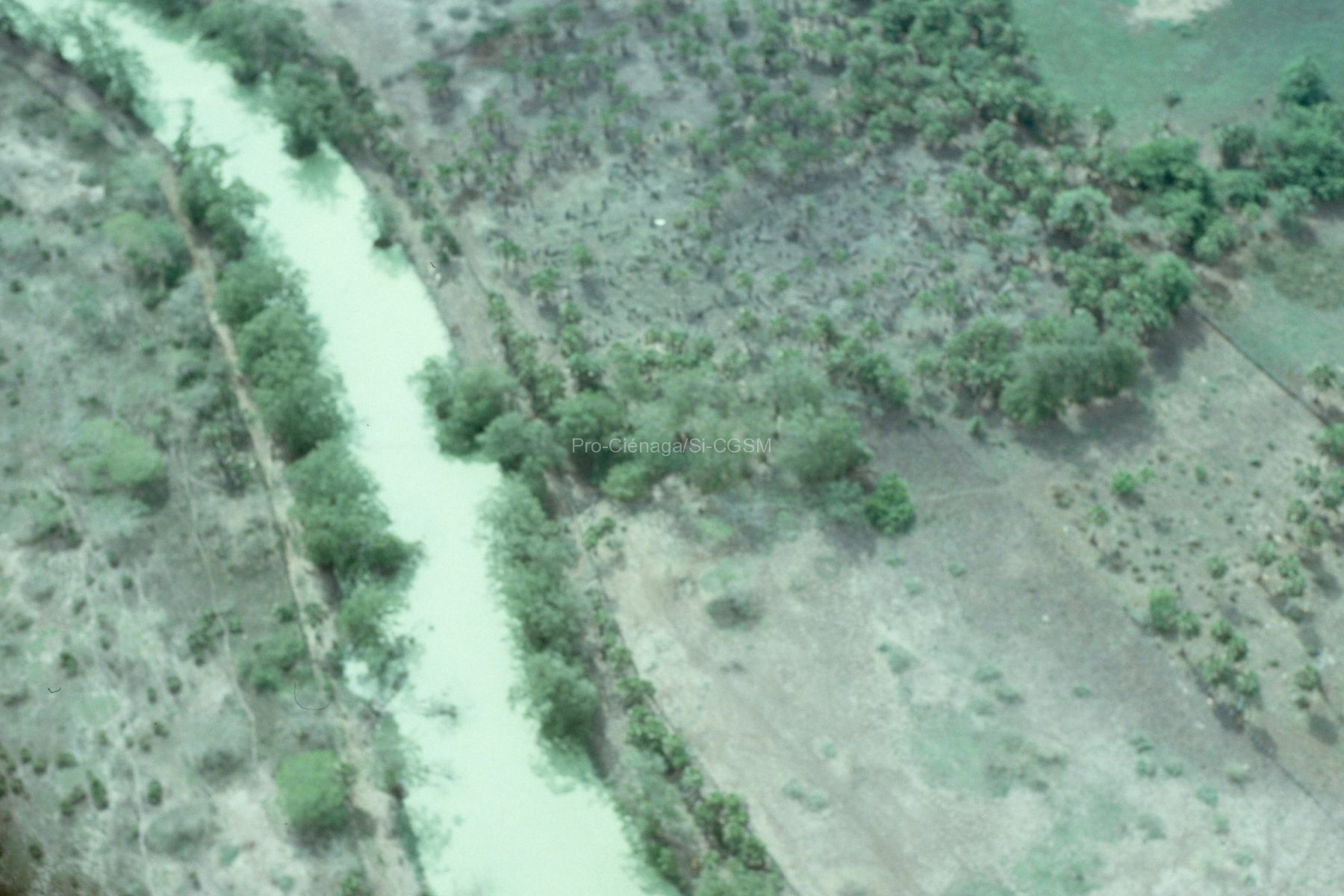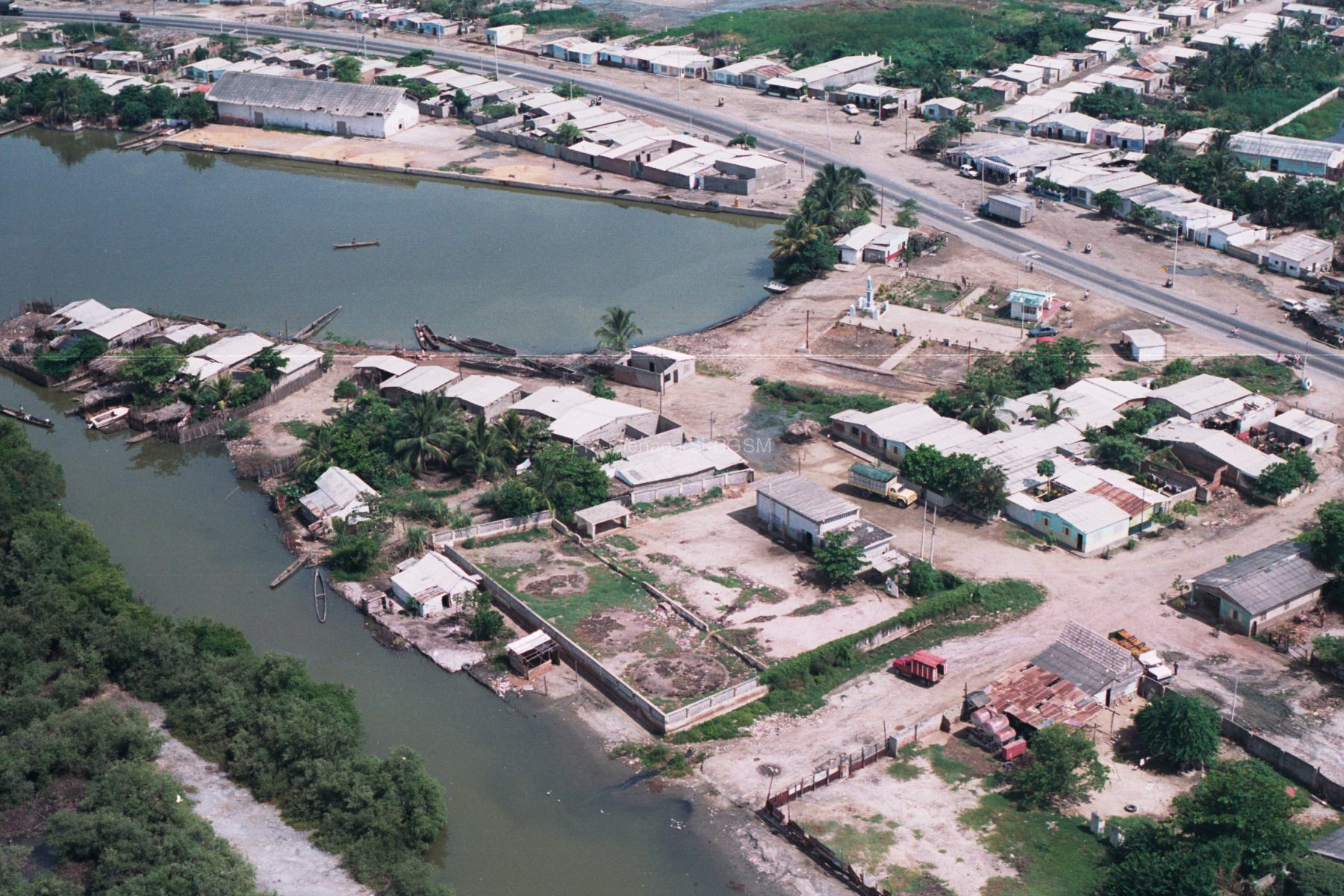http://www.revistas.unal.edu.co/index.php/cal/article/view/39366
The mouthpart deformities of chironomid larvae are considered as indicators of environmental stress caused by water pollution such as heavy metals, pesticides, but as well by organic contamination. In the present study larvae from the side channels of the Ciénaga Grande de Santa Marta were investigated. The chironomid community of the channels are dominated by species of the genera Goeldichironomus and Chironomus. All together 21 taxa were determined. The average proportion of mouthpart
deformities in all chironomid larvae was 21 percent. Incidents of mechanical abrasion reached up to 59 percent. The highest frequency of abnormalities occurred in Goeldichironomus carus in which more than 90 percent of all specimens were affected. These numbers found here are fairly above average frequencies observed even at polluted sites. Under natural conditions deformity frequencies are expected not to exceed 8 percent. On the one hand, distinct concentrations of heavy metals originating from Río Magdalena can be detected in the sediments of the channels. On the other, these concentrations do not reach the levels which are described as triggers of high deformation rates like those found here. The most plausible explanation of these contradictory findings assumes a non-detected synergism of several environmental stressors. Possibly, the physical structure of the deposited sediments and a pronounced nocturnal oxygen depletion owing to organic pollution contribute an important part to the crucial processes on a small spatial scale. However, as far as no further investigative efforts will be done the reason for this phenomenon of high deformity frequencies will
remain conspicuous but speculative to a large extent.





























